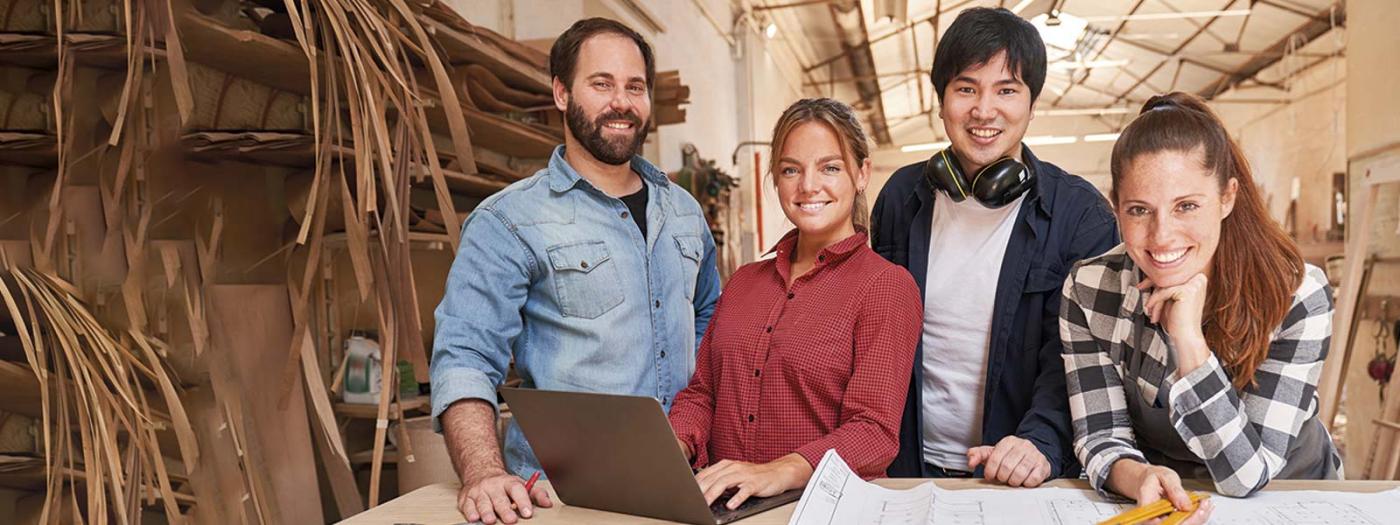This class explores the potential of agonism in architecture to open unexpected paths for the identification and confrontation of current polemics in the field. The term Agonism comes from the Greek Agos that means fight. The current high-speed consumption of architectural imaginary entails the naturalization of issues that could otherwise be publicly contested. This domestication of architectural polemics and the general disinterest in discussion that it produces, hinders the debates that could potentially generate advancement in architecture.
Hold a Bachelor in Architecture or in Building Engineering.
The aim of this class is to give instrumental tools to the students so that they get involved with the fabric of our times in terms of current international architectural conversations. The idea is that they sharpen the ability to advance on those topics elaborating a critical approximation and putting their imagination and knowledge into play to create the seed of a proposal.
The course will be structured in three chapters:
- The Identification of a current relevant spatial topic per team
- The elaboration of a critical spatial argument
- The making of a short film that encapsulates a seed of a proposal for the future
This class is based on the principals of critical pedagogy, that is, the students will become aware of power structures and will develop critical thinking skills. The group will operate in Intelligent Clusters or teams that will identify topics, open conversations, elaborate arguments and ultimately propose a vision for potential futures.
Evaluating critical spatial engagement through short film projects.
- Integration of critical pedagogical principles throughout the course.
- Collaboration and effective communication within Intelligent Clusters or teams.
- Engagement with feedback and willingness to revise and refine ideas.
- Reflection on personal growth and development of critical thinking skills.
- Contribution to collective learning and the advancement of critical spatial engagement.
Students are requested to submit all the exercises through the e-study platform, in the subject folder.
System MIAD for grading exercises:
0 - 4.9 Fail (this means that the tutor will have to ask the student to submit a supplementary work).
5.0 - 6.9 Pass.
7.0 - 8.9 Good.
9.0 - 10 Excellent/Distinction.
On this basis, students will be evaluated on several aspects such as:
Attendance - 10 %
Assignments - 60 %
Final presentation - 40 %
Blog posts submitted in order to get final marks.
1. Mouffe, Chantal. Art and Democracy: Art as an Agonistic Intervention in Public Space. London: Verso, 2019.
2. Mouffe, Chantal. The Democratic Paradox. London: Verso, 2000.
3. Danto, Arthur C. Art, Democracy and Philosophy in America. New York: Columbia University Press, 2003.
4. Cartiere, Cameron, and Shelly Willis. The Practice of Public Art. London: Routledge, 2008.
5. Mesch, Claudia. Art and Politics: A Small History of Art for Social Change since 1945. London: I.B. Tauris, 2005.
https://vimeo.com/118853150https://www.youtube.com/watch?v=Q3Zj_k2F5LQhttps://www.youtube.com/watch?v=AtDILv-y4ichttps://www.youtube.com/watch?v=C3s_pJw7OAU
